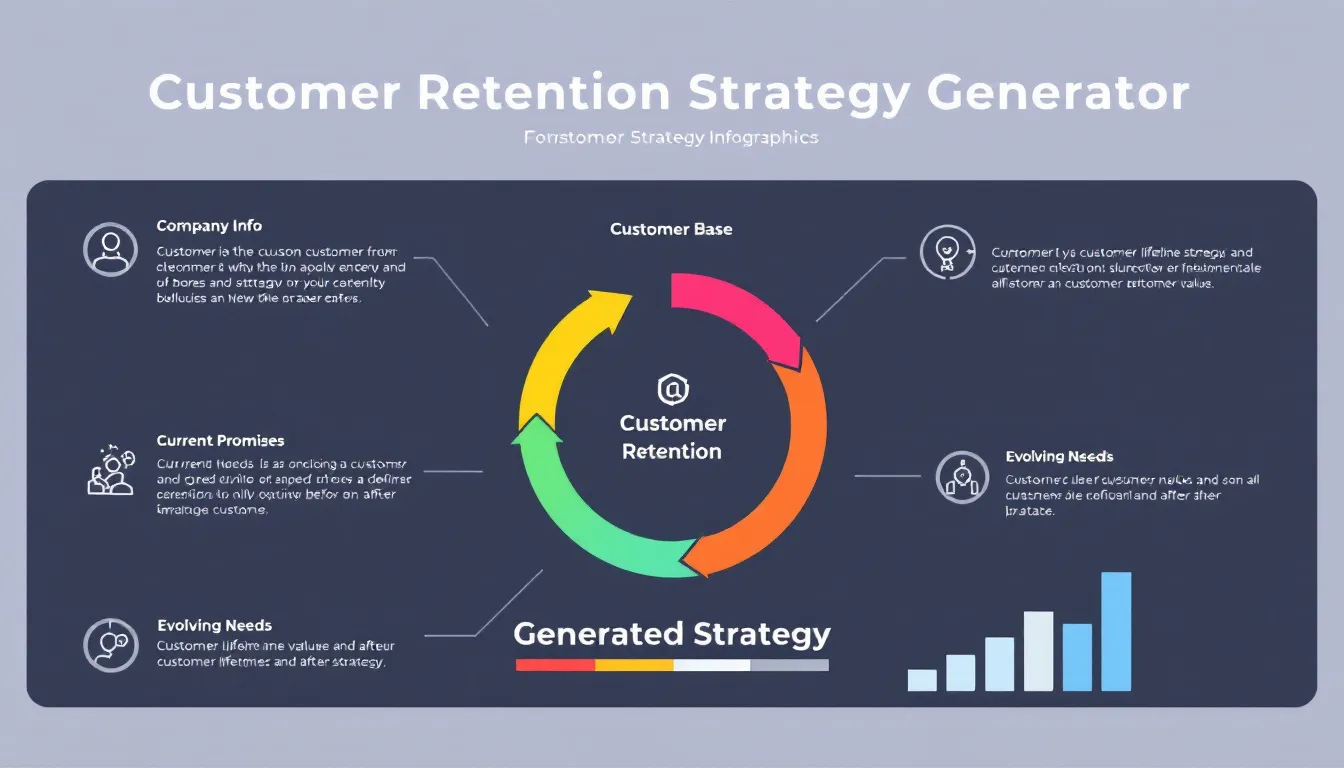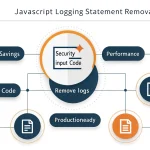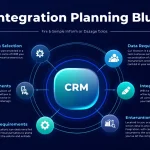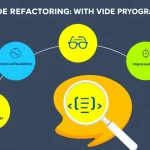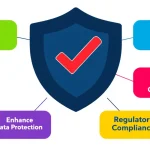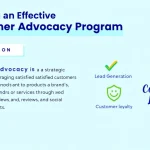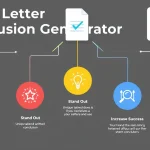Customer Retention Strategy Generator
Is this tool helpful?
How to use the tool
- 1 Company Description – Summarise industry, staff size, and offer.
Example: “A B2B cybersecurity firm with 60 engineers delivering cloud firewalls.”
Example: “An online furniture retailer employing 120 people and shipping globally.” - 2 Current Customer Base – Outline demographics and behaviour.
Example: “IT managers aged 30-50 in North America, budget owners.”
Example: “Urban renters, 25-40, seeking eco-friendly décor.” - 3 Customer Promises – List your guarantees.
Example: “99.9% uptime, free onboarding, monthly feature drops.”
Example: “48-hour resolutions, loyalty points, carbon-neutral shipping.” - 4 Evolving Needs (optional) – Note new expectations.
Example: “Virtual reality demos and SOC 2 compliance.”
Example: “Cryptocurrency checkout and same-day assembly.” - 5 Generate – Click “Generate Strategy”. The API (process_llm_form) returns a formatted roadmap you can copy or refine.
Quick-Facts
- Acquiring a new customer costs 5-7× more than retention (Invesp, 2022).
- 5% higher retention raises profit 25-95% (Reichheld & Sasser, 1990).
- SaaS churn averages 4.8% monthly (ProfitWell, 2023).
- Loyalty members spend 12-18% more each year (Accenture, 2023).
What is the Customer Retention Strategy Generator?
The generator is a web form backed by an AI API. You supply company, audience, promises, and emerging needs; the service analyses these data points and returns a step-by-step retention plan tailored to your situation.
Which inputs create the most accurate strategy?
Specific, quantified details work best. Include segment size, churn percentages, and real promises such as “24-hour support SLA.” Detailed inputs let the model map precise tactics like tiered loyalty or proactive outreach.
How does the tool customise recommendations?
The API maps your attributes against industry benchmarks and evidence-based retention levers—loyalty programs, feedback loops, and service levels—then ranks actions by expected impact (Bain & Company, 2022).
What do I receive after clicking “Generate Strategy”?
You get a formatted outline covering communication cadence, reward structures, success metrics and checkpoints. Copy it directly or adjust before implementation.
How often should I refresh my inputs?
Update quarterly or when churn deviates 2 pp from target; frequent iterations align strategies with shifting customer sentiment (Gartner, 2023).
Can small businesses benefit?
Yes. Retention improvements deliver ROI quickly because smaller customer bases feel churn effects sharply; a 1-point churn drop can raise SMB revenue 7% annually (HubSpot, 2022).
Does the tool replace customer interviews?
No. Use it to structure hypotheses, then validate through surveys, NPS interviews, and analytics. Combining qualitative feedback with AI guidance yields robust plans (Forrester, 2023).
How do I measure success after implementation?
Track churn, repeat-purchase rate, and Customer Lifetime Value (CLV). Calculate CLV as average order value × purchase frequency × customer lifespan; rising CLV confirms strategy impact (KPMG, 2022).
Important Disclaimer
The calculations, results, and content provided by our tools are not guaranteed to be accurate, complete, or reliable. Users are responsible for verifying and interpreting the results. Our content and tools may contain errors, biases, or inconsistencies. Do not enter personal data, sensitive information, or personally identifiable information in our web forms or tools. Such data entry violates our terms of service and may result in unauthorized disclosure to third parties. We reserve the right to save inputs and outputs from our tools for the purposes of error debugging, bias identification, and performance improvement. External companies providing AI models used in our tools may also save and process data in accordance with their own policies. By using our tools, you consent to this data collection and processing. We reserve the right to limit the usage of our tools based on current usability factors.
